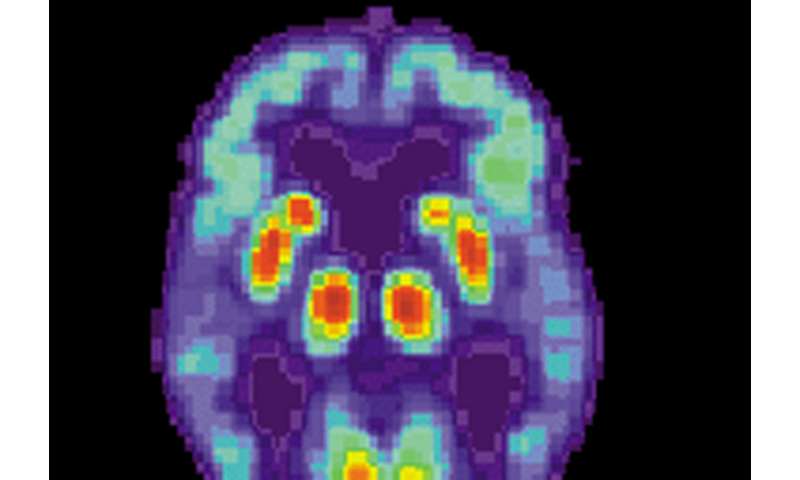
A proof-of-concept study conducted in a mouse model of Alzheimer’s disease offers new evidence that copper isotopes can be used to detect the amyloid-beta protein deposits that form in the brains of people living with—or at risk of developing—Alzheimer’s.
Several types of isotopes give off positively charged particles called positrons that are detectable by positron emission tomography scanners. The copper isotope used in the study, Cu-64, lasts much longer than the carbon or fluorine isotopes currently approved for use in human subjects, researchers report. Having access to…

























